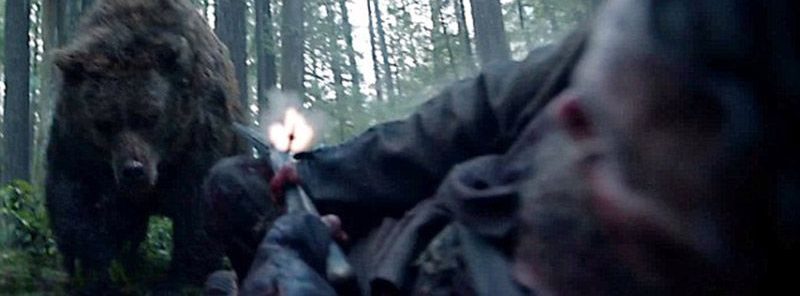The Revenant is a period tale of survival and revenge set in the 1820s. It was shot entirely with natural lighting in remote locations. For ILM, that meant that every visual effect had to fit convincingly into the locations and adhere to the high standards of the filmmakers, director Alejandro G. Inarritu, and cinematographer Chivo (Emmanuel Lubezki). It was not enough for the visual effects to just work, they needed to help tell the story in a unique way all the while remaining completely invisible.
We were tasked with crafting effects, set extensions, weather, environments, wounds, blood, and scars, and of course animals such as the mother bear and her cubs, each of which had to integrate seamlessly with the ultra-naturalistic live-action footage that had been captured.
The famed bear attack highlighted this challenge in spades. In fact, Inarritu placed the success, or failure, of the movie on this scene (no pressure). The discussions were always about the context of the scene, the presentation, the movement of the bear, and the planning. The filmmakers were trying to create a scene that had never been seen before and wanted to base every movement on real reference. To fully immerse the audience, the scene was conceived, shot, and delivered as one continuous 6-minute shot.
Inarritu’s goal was to completely immerse the audience in a few scenes throughout which required shooting multiple plates and multiple performances over a period of days. Finding creatively planned, and sometimes improvised, moments within a scene to join the action and flow of the story was a regular occurrence on set and in the post process.
The Revenant received an Academy Award nomination for Best Visual Effects and won 3 Visual Effects Society Awards for Outstanding Supporting Visual Effects, Compositing, and Animated Performance.
